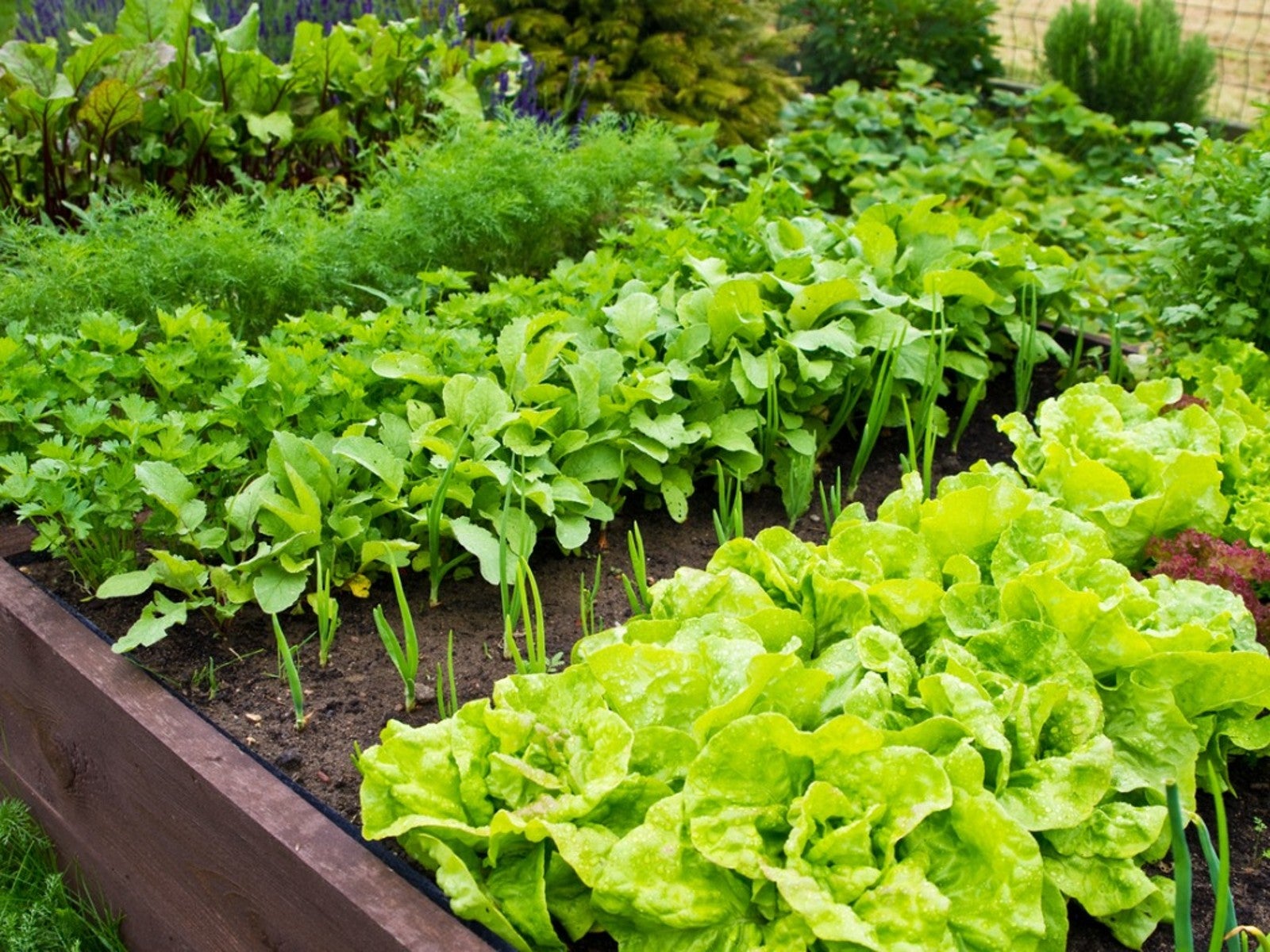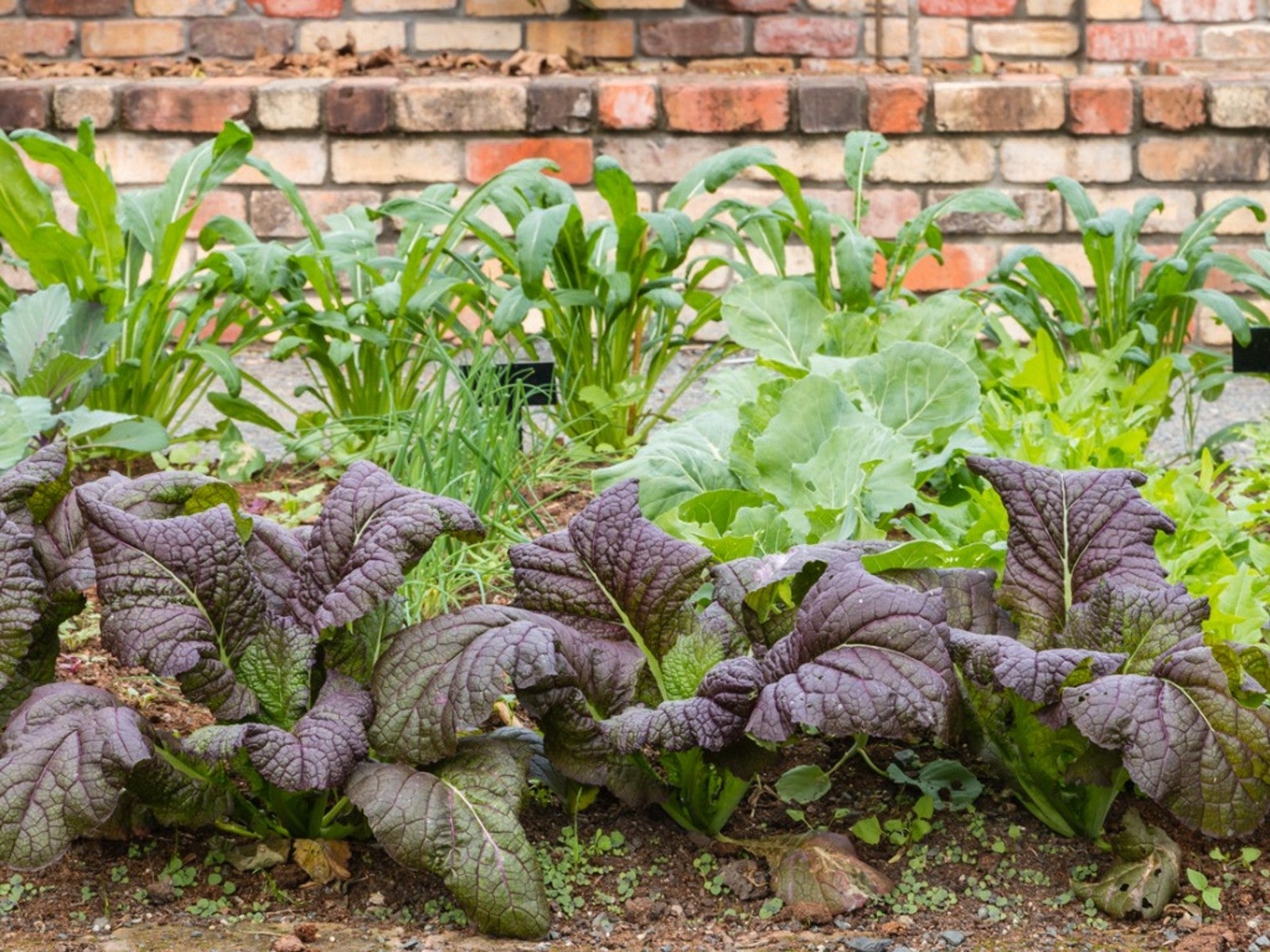High Altitude Vegetable Gardening – How To Grow A Mountain Vegetable Garden

Growing high altitude vegetables is difficult but not impossible. Mountain vegetable gardening is nothing like growing in the Midwest, Pacific Northwest, or even down South. Nope, high altitude vegetable gardening takes special know-how. So, what kinds of things does a gardener need to know before veggie gardening in the mountains?
Veggie Gardening in the Mountains
When high altitude vegetable gardening, the first thing is to be realistic. Higher altitudes have cooler temperatures and a shorter growing season that is often measured in weeks rather than months. Part of being realistic is knowing there is no way you are going to grow warm weather eggplant. Stick to the cool weather veggies for your mountain vegetable garden.
Not only is the growing season shorter but more critters than just you will be competing for those nutrient-rich vegetables. How you protect your crop will mean the difference between feeding yourself and being surrounded by chubby rabbits and deer.
The weather in a veggie garden in the mountains is unpredictable during the growing season as well. You may encounter sudden July hailstorms or early August frosts. Too much rain, too little rain, record high temperatures, forest shaded locations — these all afflict high altitude vegetables.
Creating a Successful Mountain Vegetable Garden
There are some things you can do to ensure successful veggie gardening in the mountains. First, check your area’s climate zone. This will give you an idea regarding the length of the growing season. This is just a somewhat idea, though, because mountainous regions are notorious for having multiple microclimates, which can affect you differently than someone only a couple of miles away.
Select an area in your landscape that receives the most sun, away from shading forest trees or cliffs. If you only have a north-facing area, growing vegetables is probably not in the cards for you. Choose seeds with the shortest day to maturity numbers. This includes things like most leafy greens and root veggies. Beets and turnip greens are also good choices for early-season greens. If you mulch them well and an early freeze hits, potatoes can be grown in your mountain garden.
Veggies like tomatoes, squash, peppers, and green beans are riskier choices. If you jumpstart the growing process by starting the seeds indoors, you give them a better chance. Transplant them early if need be into a cold frame or in raised beds. Protect these delicate transplants throughout the growing season. Also, choose the shortest “days to harvest” when choosing high altitude vegetables.
Gardening tips, videos, info and more delivered right to your inbox!
Sign up for the Gardening Know How newsletter today and receive a free copy of our e-book "How to Grow Delicious Tomatoes".
Vegetable gardens in mountainous areas do require more patience, knowledge, and adaptability than in the lowlands. Start seeds indoors, protect plants (especially at the start and end of the growing season), and select cultivars with short harvest dates and growing seasons. Be realistic about what can and cannot grow in a high altitude vegetable garden.
Lastly, keep a garden journal and talk to any nearby neighbors who have had experience gardening at high altitudes.

Amy Grant has been gardening for 30 years and writing for 15. A professional chef and caterer, Amy's area of expertise is culinary gardening.
-
 Looking For Plants To Give You The Soft And Fuzzies? Try These 5 Fuzzy Leaf Plant Options
Looking For Plants To Give You The Soft And Fuzzies? Try These 5 Fuzzy Leaf Plant OptionsLovers of texture, drama, silver foliage and tactile plants will adore these special sensory garden additions. These fuzzy leaf plant options will leave you all aglow
By Susan Albert
-
 Get Ready For A Summer Of Hummers! Grow These Full Sun Hummingbird Plants and Flowers
Get Ready For A Summer Of Hummers! Grow These Full Sun Hummingbird Plants and FlowersIf you’re lucky enough to enjoy a sunny backyard, make sure you are maxing out on your pollinator opportunities and grow these full sun hummingbird plants and flowers
By Tonya Barnett
-
 How Many Vegetables To Plant Per Person For A Year
How Many Vegetables To Plant Per Person For A YearGauging how much to plant in a vegetable garden can eliminate waste while still producing enough for your family. Click for more.
By Bonnie L. Grant
-
 13 Perennial Fruits And Vegetables You Only Have To Plant Once
13 Perennial Fruits And Vegetables You Only Have To Plant OnceLooking to set it and forget it? Find out which fruits and vegetables can be grown as perennials.
By Laura Miller
-
 11 Edible Plants For A Year-Round Garden In A Bucket
11 Edible Plants For A Year-Round Garden In A BucketWant to know how to grow food inside your house and which foods do best indoors? Click here to learn all about it.
By Bonnie L. Grant
-
 Frost Tolerance Of Vegetables From Least To Most Hardy
Frost Tolerance Of Vegetables From Least To Most HardyHow cold can vegetables tolerate? Knowing which veggies will survive frosts and freezes is essential for the success of your garden. Click here for more.
By Laura Miller
-
 Best Vegetables To Pickle Straight From The Garden
Best Vegetables To Pickle Straight From The GardenPickles aren’t limited to just cucumbers. Read on for tips on pickling your fresh veggies.
By Amy Grant
-
 Benefits Of Planting In Fall Vs. Spring Vegetable Plots
Benefits Of Planting In Fall Vs. Spring Vegetable PlotsLearn why some vegetables do better if you plant them in fall instead of spring.
By Laura Miller
-
 Interplanting Vegetables In The Fall Garden
Interplanting Vegetables In The Fall GardenLearn all about the benefits of interplanting vegetables for your fall garden.
By Laura Miller
-
 Best Vegetables For Growing In Perlite
Best Vegetables For Growing In PerlitePerlite is a natural growing medium that comes from super-heated volcanic glass. In some cases, it works better than soil. Read on for more info.
By Laura Miller